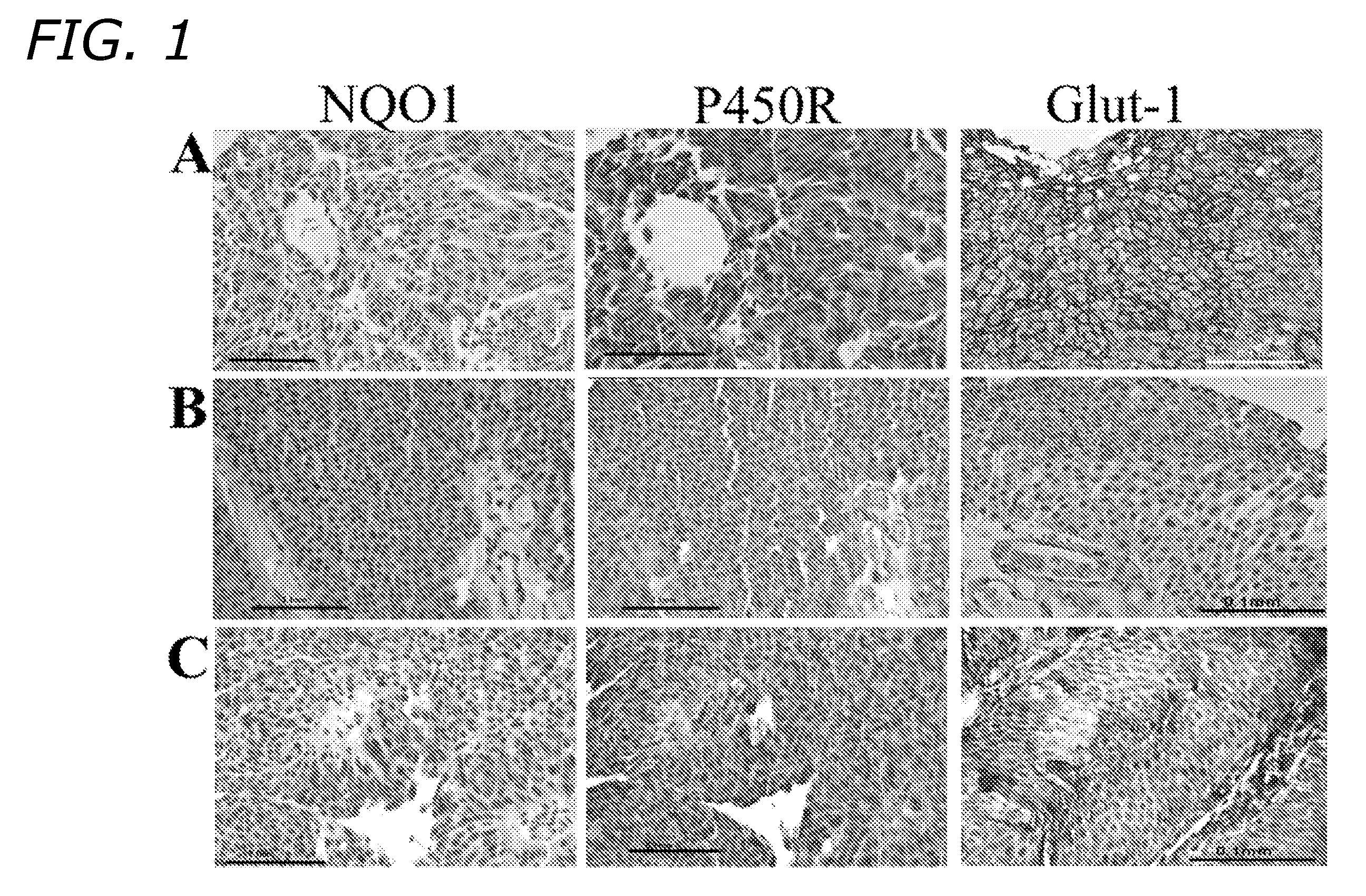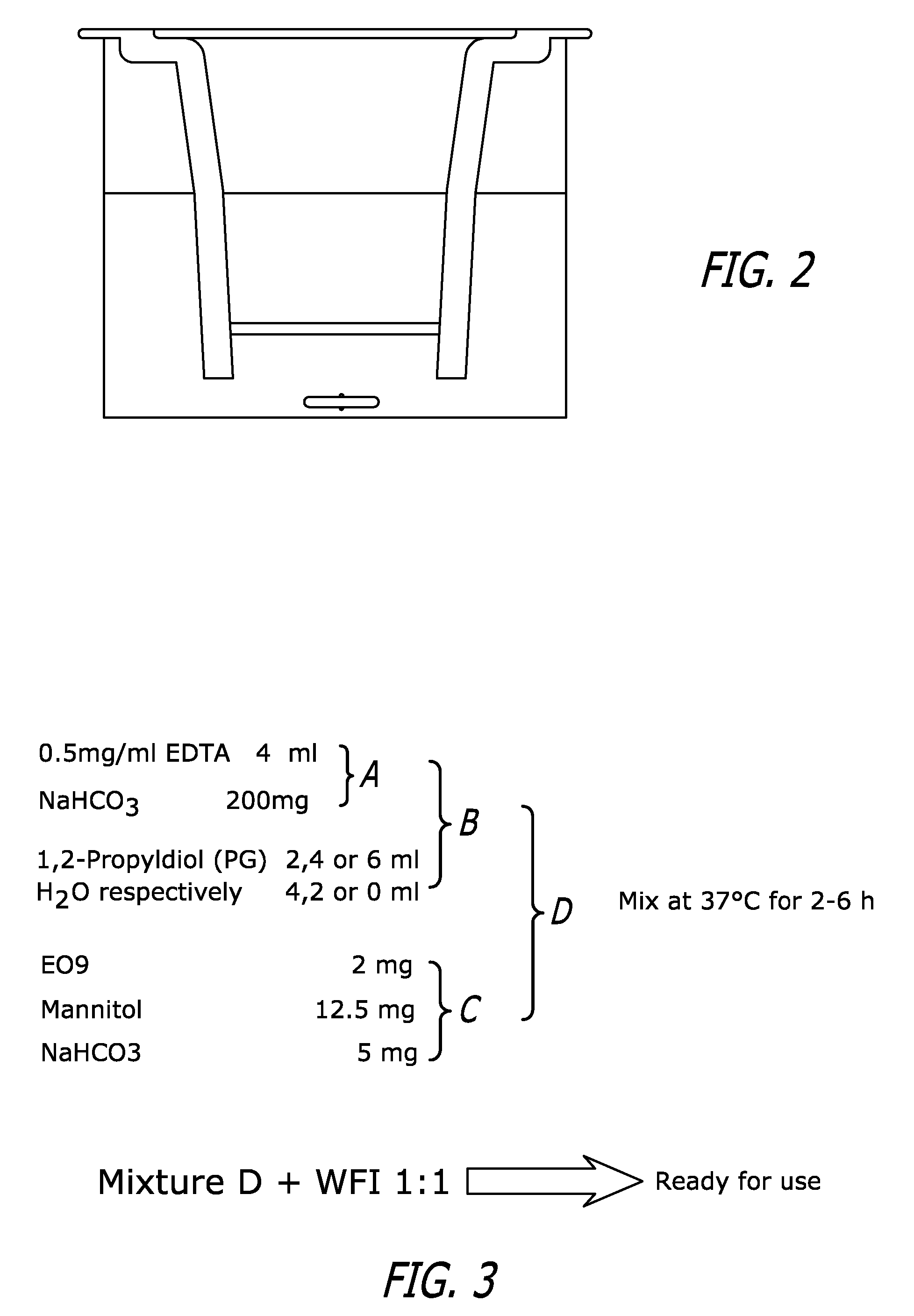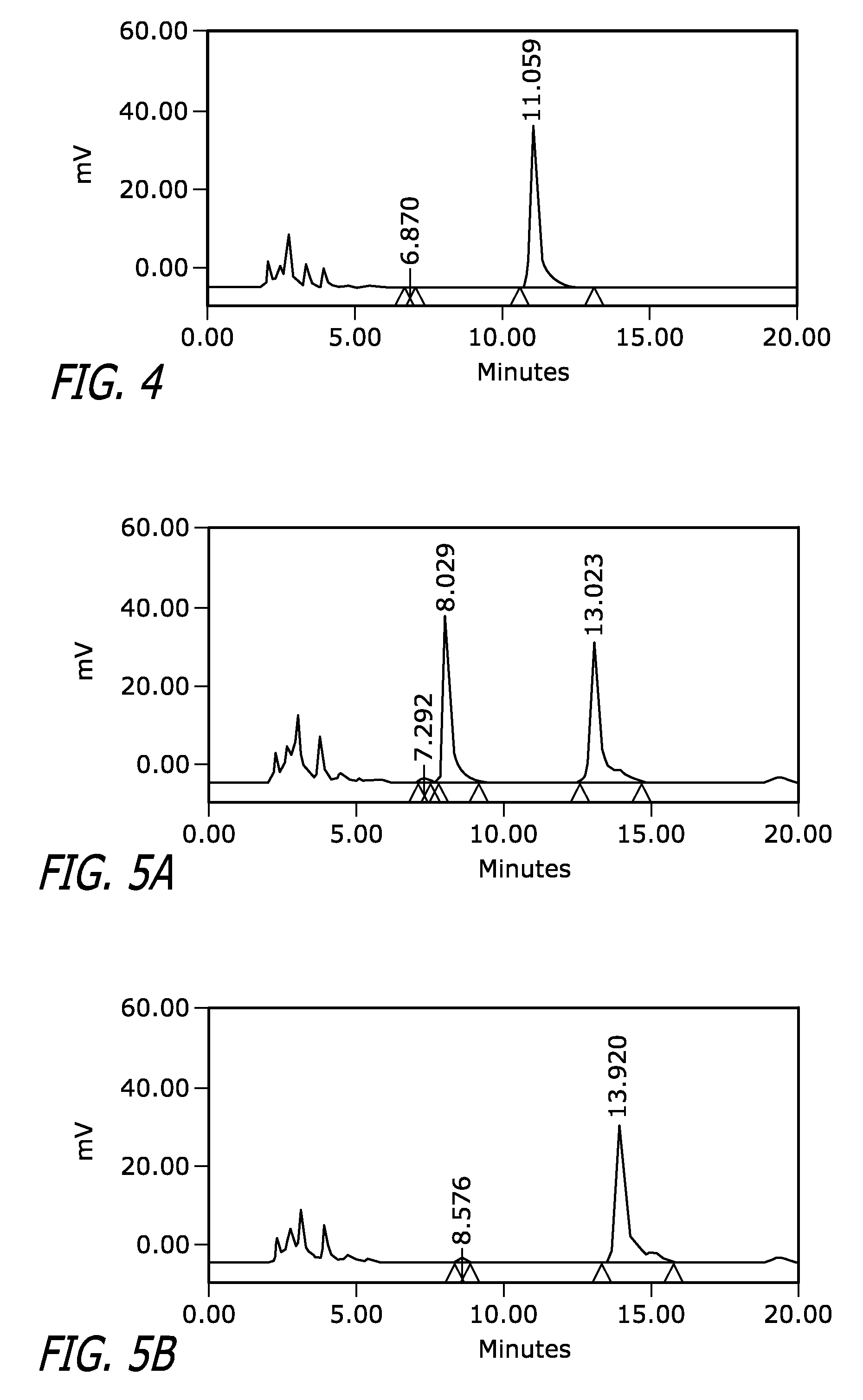Bladder cancer treatment and methods
a bladder cancer and treatment method technology, applied in the field of bladder cancer treatment, can solve problems such as the targeting of the aerobic portion of the tumor
- Summary
- Abstract
- Description
- Claims
- Application Information
AI Technical Summary
Benefits of technology
Problems solved by technology
Method used
Image
Examples
example 1
I. Materials and Methods
[0034] A. Human Tissues
[0035] Formalin-fixed, paraffin-embedded specimens of human bladder transitional cell carcinomas (n=52) were used for this study after first obtaining consent from the local research and ethics committee (LREC) according to Medical Research Council regulations. All patient details were anonymised to ensure confidentiality and all experiments were performed in accordance with guidelines laid down by the LREC. The tumors used for the study were representative of all grades (11 Grade 1; 26 Grade 2; 15 Grade 3) of both superficial (19 pTa; 19 pT1) and muscle-invasive (14≧pT2) stages of human bladder TCC. All tumor blocks were used for construction of tissue microarrays (TMAs) and subsequent immunohistochemical analysis.
[0036] B. Tissue Microarray Construction
[0037] Tissue microarray constructions (TMAs) were constructed from the paraffin embedded blocks to represent the various grades (G1-G3) and the various stages (pTa, pT1, ≧pT2) of ...
example 2
I. Materials and Methods
[0060] A. Apparatus and General Assay Principle
[0061] As shown in FIG. 2, the apparatus used in the described experiment comprised a transwell insert (Costar) inserted into one well of a 24 well culture plate. The insert had a collagen coated membrane at its base and thus formed both a barrier between the top and bottom chamber as well as a surface upon which cells could attach and grow. The cell line used in this study was DLD-1 human colon adenocarcinoma cells which was selected because of its ability to form tight junctions between cells thereby forming a continuous ‘barrier’ across which the drug must cross. To assess drug penetration, drugs were added to the top chamber and the concentration of drug in the bottom chamber was determined over a range of time intervals.
[0062] B. Cell Culture Conditions
[0063] DLD-1 cells were routinely maintained in RPMI 1640 medium supplemented with 10% fetal calf serum, sodium pyruvate (1 mM), L-glutamine (2 mM), peni...
PUM
 Login to View More
Login to View More Abstract
Description
Claims
Application Information
 Login to View More
Login to View More - R&D
- Intellectual Property
- Life Sciences
- Materials
- Tech Scout
- Unparalleled Data Quality
- Higher Quality Content
- 60% Fewer Hallucinations
Browse by: Latest US Patents, China's latest patents, Technical Efficacy Thesaurus, Application Domain, Technology Topic, Popular Technical Reports.
© 2025 PatSnap. All rights reserved.Legal|Privacy policy|Modern Slavery Act Transparency Statement|Sitemap|About US| Contact US: help@patsnap.com



